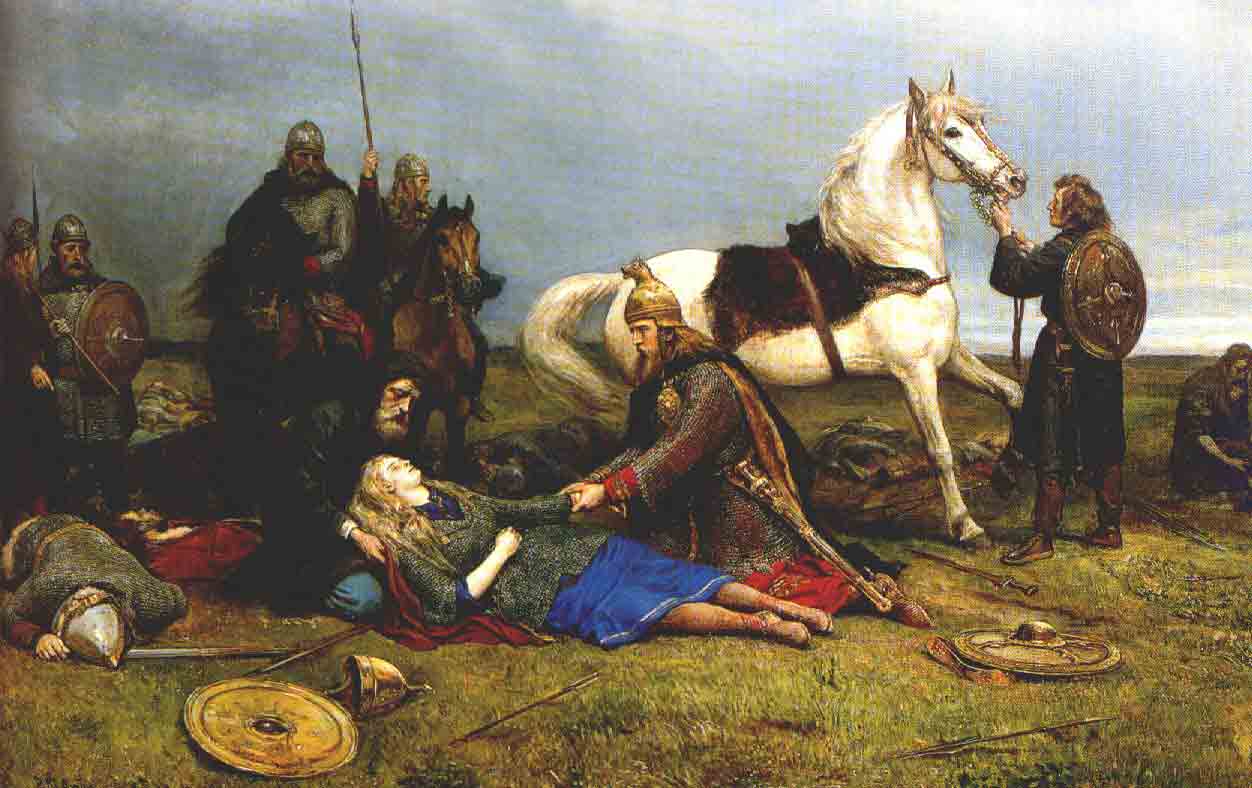Warfare has always been more about eliminating a culture versus killing the people. Attacking a cultural site is an effective way of hurting an entire population without actually killing anyone. Today, many terrorists groups are using this method to inflict pain on different regions of people. However, this is not a new phenomenon; British and French forces used this same technique in China during the end of the Opium War in 1860 which, “was a moment, says one scholar, that ‘changed world history’” (Bowl).

Restoration of the Summer Palace, Beijing, China
The goal of the Opium War was to force Chinese imperial rulers to open up trade for the west. The British were under the command of 8th Earl of Elgin. His close friend, Thomas William Bowlby of The Times, was a reporter and when he tried to meet French and British officials for peace talks, Bowlby and company were captured by the Chinese.
Meanwhile, French and British troops arrived at the Summer Palace near Beijing. The Summer Palace “integrates numerous traditional halls and pavilions into the Imperial Garden conceived by the Qing emperor Qianlong between 1750 and 1764” (Centre). This site has a long history and is an integral part of the Chinese culture, so when the French and British arrived, they immediately began to loot the site. Elgin, the leader of the British wrote “‘War is a hateful business. The more one sees of it, the more one detests it’” (Bowl). This did not stop Elgin from auctioning off all that had been looted though.
Back to Bowlby, the delegation sent to negotiate peace had been taken prisoners, tortured, and killed. This enraged Elgin, who then sent orders to his troops to burn the Summer Palace to the ground in retaliation.

Gate in ruins of the Summer Palace
This does not justify actions of such destruction to a culture. The Chinese were preoccupied by political uprising for many years, but now they can finally return to their history and celebrate their story and artifacts, or in this case lack there of. The grand Summer Palace’s artifacts are spread out all over the world. There are efforts to bring these looted artifacts home, but it is a delicate process. There is great resentment around wealthy chinese purchasing their stolen heritage at auctions and at the Royal Engineers’ museum in Kent, deputy curator James Scott says, “‘We don’t actually mention the word loot at all. We try to keep the interpretation as neutral as possible’” (Bowl).
This is where archaeologists are needed. The origins of some of the artifacts being sold are disputed, but just because the site was burnt down, does not mean that the context can’t be used to help indicate where and when an artifact was created. This leads to greater ethical questions. Should China have to purchase its own heritage back? Looting occurs on a global scale and eventually, must be addressed. Hopefully with the work of archaeology and the corporation of different countries, all cultures will be able to properly celebrate their heritage.
Work Cited
Bowl, Chris. “The Palace of Shame That Makes China Angry.” BBC News, BBC, 2 Feb. 2015, www.bbc.com/news/magazine-30810596.
Centre, UNESCO World Heritage. “Summer Palace, an Imperial Garden in Beijing.” UNESCO World Heritage Centre, whc.unesco.org/en/list/880.
Further Reading
“Chinese Zodiac Statues’ Origins.” BBC News, BBC, 3 Mar. 2009, news.bbc.co.uk/2/hi/asia-pacific/7918933.stm
Hector Davie on 11 March 2016, et al. “The Loot from China’s Old Summer Palace in Beijing That Still Rankles.” Oxford Today, www.oxfordtoday.ox.ac.uk/opinion/loot-chinas-old-summer-palace-beijing-still-rankles.
Image Sources
“Summer Palace, Beijing, China.” UNESCO, whc.unesco.org/uploads/thumbs/site_0880_0042-1200-630-20151104152956.jpg.
“Ancient Gate of Summer Palace in Ruins.” Oxford Today, www.oxfordtoday.ox.ac.uk/sites/files/oxford/styles/ot_full_width/public/media_wysiwyg/shutterstock_83332870.jpg?itok=COQ1MWbx.


